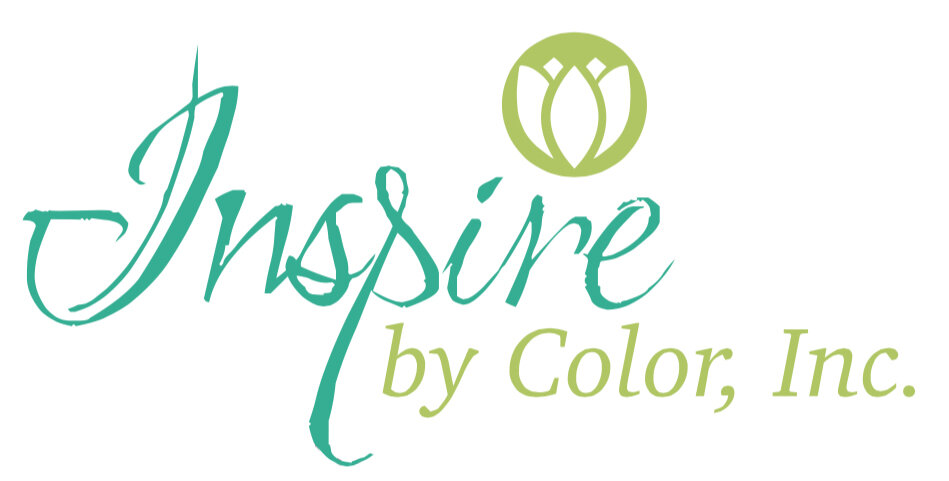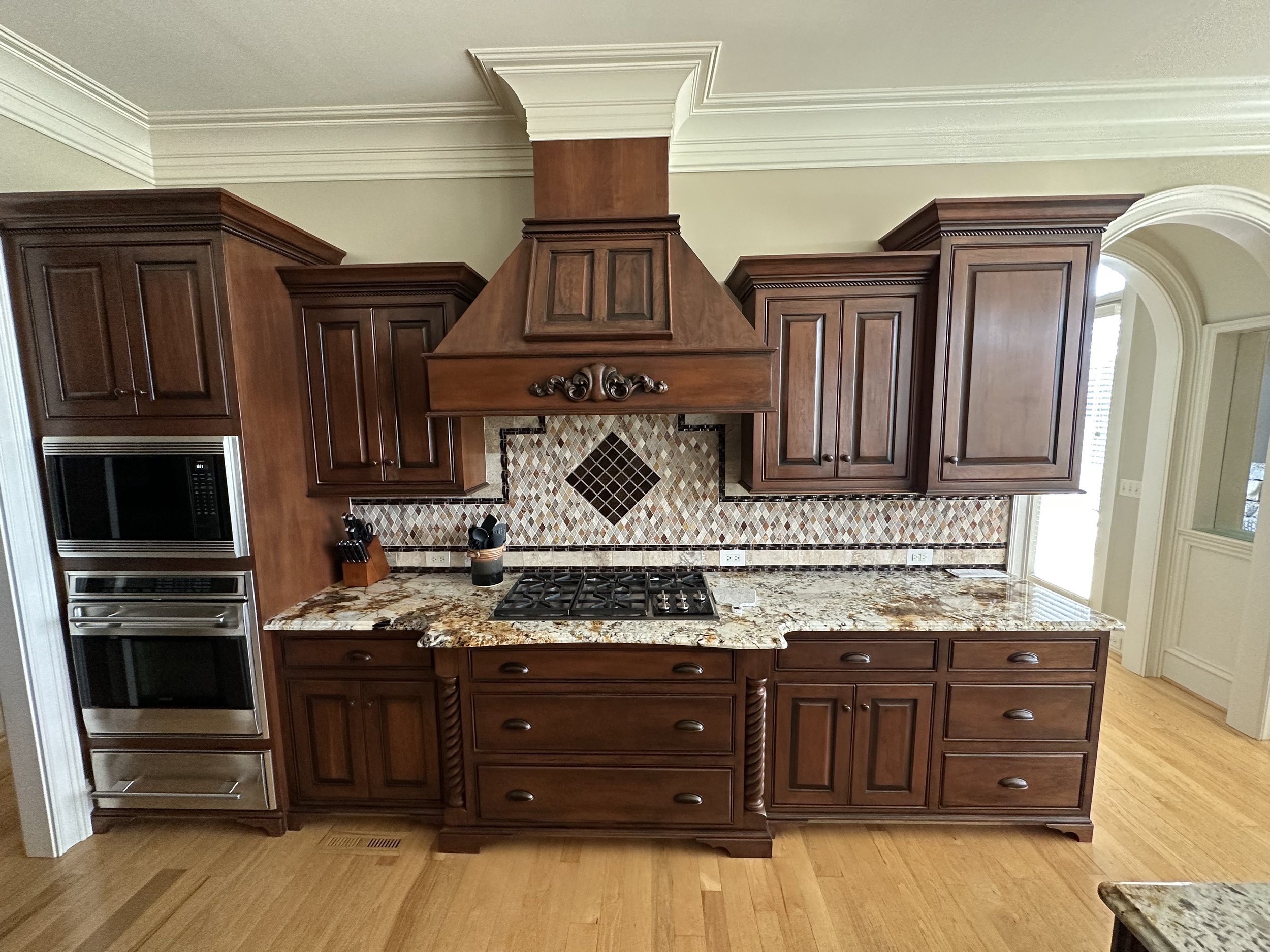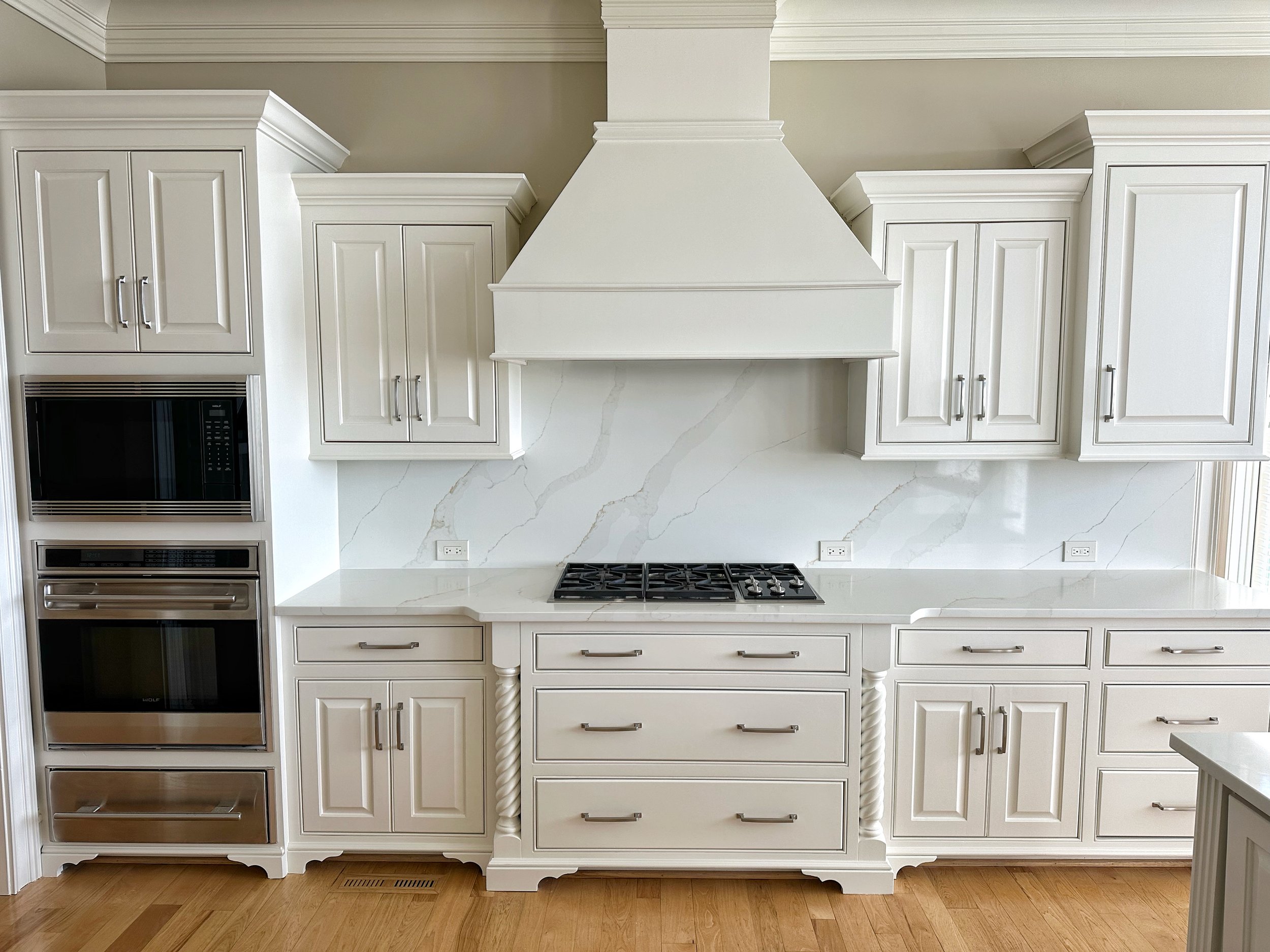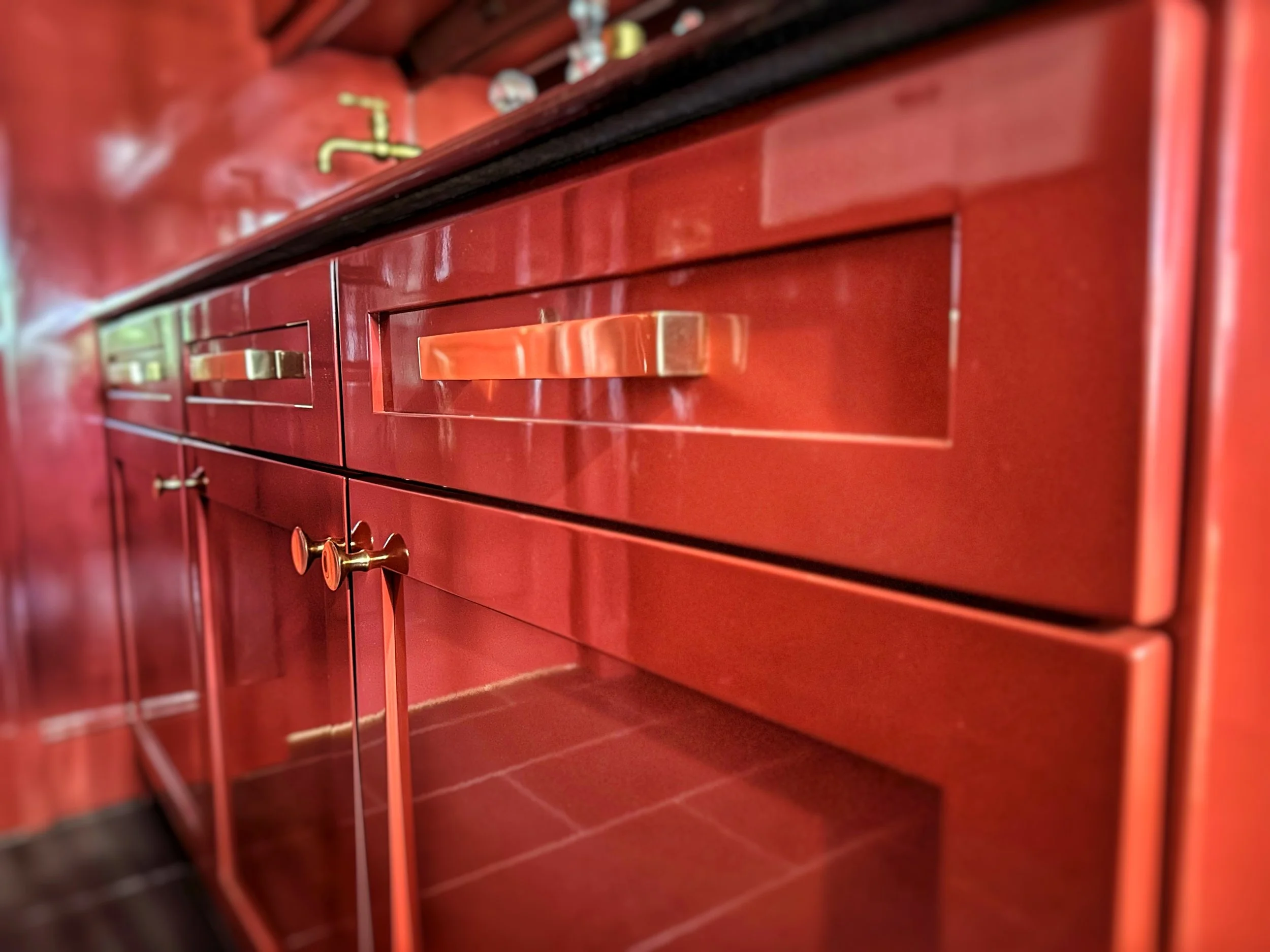Q&A with Nate from Inspire for Mod Society Magazine
Topic: Kitchen Facelifts
We recently sat down with Nate Wainscott, owner of Inspire by Color, to get all the answers on perhaps the most talked about subject for homeowners: Kitchen updates.
Question 1.
Should we demo our kitchen?
“We see every level of kitchen project and work with many full renovation companies but our most popular type of update includes a refinish of the existing cabinetry to give a fresh new look without the cost of replacement. Sometimes the old kitchen layout is inefficient and the footprint needs to be reconfigured. That’s when you should contact a kitchen renovation company to perform a full demo and replacement of the cabinets. Our approach at Inspire is not to demo, but to save you as much of your existing cabinetry and resources as possible by refinishing your cabinets and perhaps replacing the countertops, backsplash and hardware.
See below, some before/after pics of a full Reface and Refinish project. This project included new, drawers as well and it represents the best of what refinishing vs replacement can do. By avoiding replacement, this client saved nearly $40k.
Question 2.
If I’m thinking of updating my kitchen, how would I begin the process?
“Kitchen updates can be intimidating, with so many elements to consider. However, your first project selection will almost always be the countertops. As the workhorse of the kitchen and the largest influencer of color and texture, your countertops will inform everything from backsplash to cabinets and walls. If you’re uncomfortable making these selections, please consider hiring a design professional. As they say, “you don’t know what you don’t know” - so it’s best to pay a little extra to seek advice from industry professionals.
Question 3.
What’s trending now in kitchens?
Trends are the fuel of our economic engine, so I will often receive style preferences from new clients that align very closely to what’s trending on HGTV or Pinterest. While our focus will always be to guide you into a more current, updated look for your kitchen, I would caution you to consider using timeless rather than trendy elements in your overall design. That said, here are a few things we’re seeing quite consistently, that I feel will stand the test of time.
Full height backsplashes: Kitchens can be visually busy, with mixtures of colors, textures and angles. One approach to calming that visual jungle is to forego the traditional tile and make your backsplash from the same material as your countertops. This approach, will afford a more seamless look.
Natural colors: As a lover of color, it’s hard for me to dissuade a client from using dramatic color on their cabinets. Those rich pops of color make for great first reactions and social media shares, but they’re really not very practical in the long run. And while it may seem like a tepid approach, neutrals will stand the test of time. Your bold color preferences will change with the seasons, so let those statements be made with more easily changeable art and fabrics. If you’re wanting a more dramatic, moody look, start with a dynamic countertop material; something like an exotic granite or quartzite with veins of rich color. You can most definitely pull deeper colors from your countertops. Just keep in mind, kitchens are the central focus of the home, so everything you choose will need to flow effortlessly throughout.
Wood tones: Consider adding pops of natural wood elements to break up the lighter neutrals. We will often add floating shelves or accent cabinets of unstained walnut or softened oak tones to create depth and focal interest.
We added a floating, Walnut Mantel over the cooktop which added just enough warmth to the focal area of the Kitchen to balance with the floors and break up the whiter neutrals.
Question 4.
What is the average cost of a kitchen facelift?
The cost of kitchen facelifts can vary quite a bit depending on the condition of your existing cabinetry. I think the best way to evaluate is to break it up into categories.
Cabinet Refinishing: This is the process of meticulously cleaning, sanding and repainting all of the exterior cabinet surfaces, including the backs of doors and drawers. The average cost is between $6000 and $8000 to professionally refinish an average size kitchen.
Countertop Replacement: There are lots of variables in this category as well because countertops can be made from a variety of materials. Plan on spending anywhere between $7000-$12,000 on countertop replacement. This topic deserves its own overview, so let’s talk about that in the next segment.
Backsplash Replacement: If you have an existing tile backsplash that needs to be torn out and replaced. We will generally charge between $1600 and $2000 for the labor to tear out and replace your tile. The additional cost in this category will be your surface material selection. A “full height” backsplash made of your countertop material will generally cost 30% more than the traditional tile backsplash. Most of our clients will spend roughly $1400-$1600 on tile - or roughly $2000 on granite or quartz backsplashes
Hardware/Mechanical updates: The third main category of kitchen facelift projects is the hardware and mechanics of the kitchen. Hardware selection is one of my favorites elements of the redesign process and pricing can vary dramatically in this category as well! That said, most of our clients will spend somewhere around $500-$700 for a new knobs and pulls. The mechanical updates are things like door, hinges and drawer slides – Trashcan and Lazy Susan systems. Please don’t overlook this part of the project. You’ll definitely want your kitchen to feel as new as it looks when it’s all done. A safe budget for mechanical updates will be around $800-$1000.
Mouldings and Structural Modifications: This category includes things like crown moulding, light rail moulding, cabinet frame modifications for sink replacement and/or accent mouldings on the island or peninsula, wine racks and under counter microwave installations. Again, this category can be all over the place when it comes to the customization of your kitchen, but in my experience, our clients usually spend around $1600-$1800 on cabinet modifications.
Here’s another before/after example of Refacing, with new countertops, backsplash, appliances, hardware and lots of color!
“All together, our clients are usually able to keep their kitchen refacing projects under $30k. However, the majority of our projects end up closer to $20k or less. ”
Question 5.
Please explain the best process for selecting the right countertop.
As we said earlier, countertops are the anchor for your kitchen - and by extension, an anchor for the home. For this reason, selection can be daunting, so I’d like to share just a few key points to consider while shopping for that perfect top.
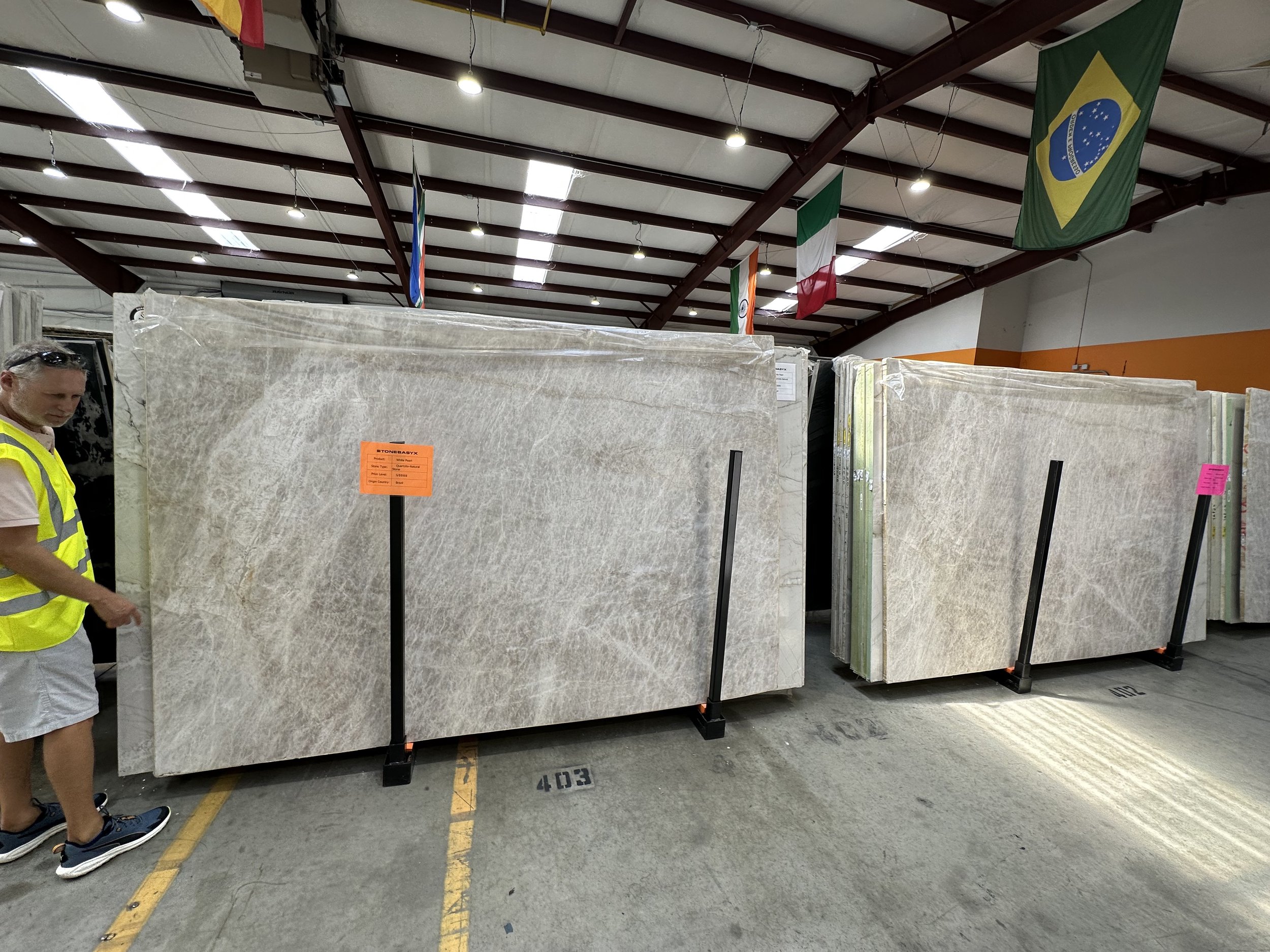
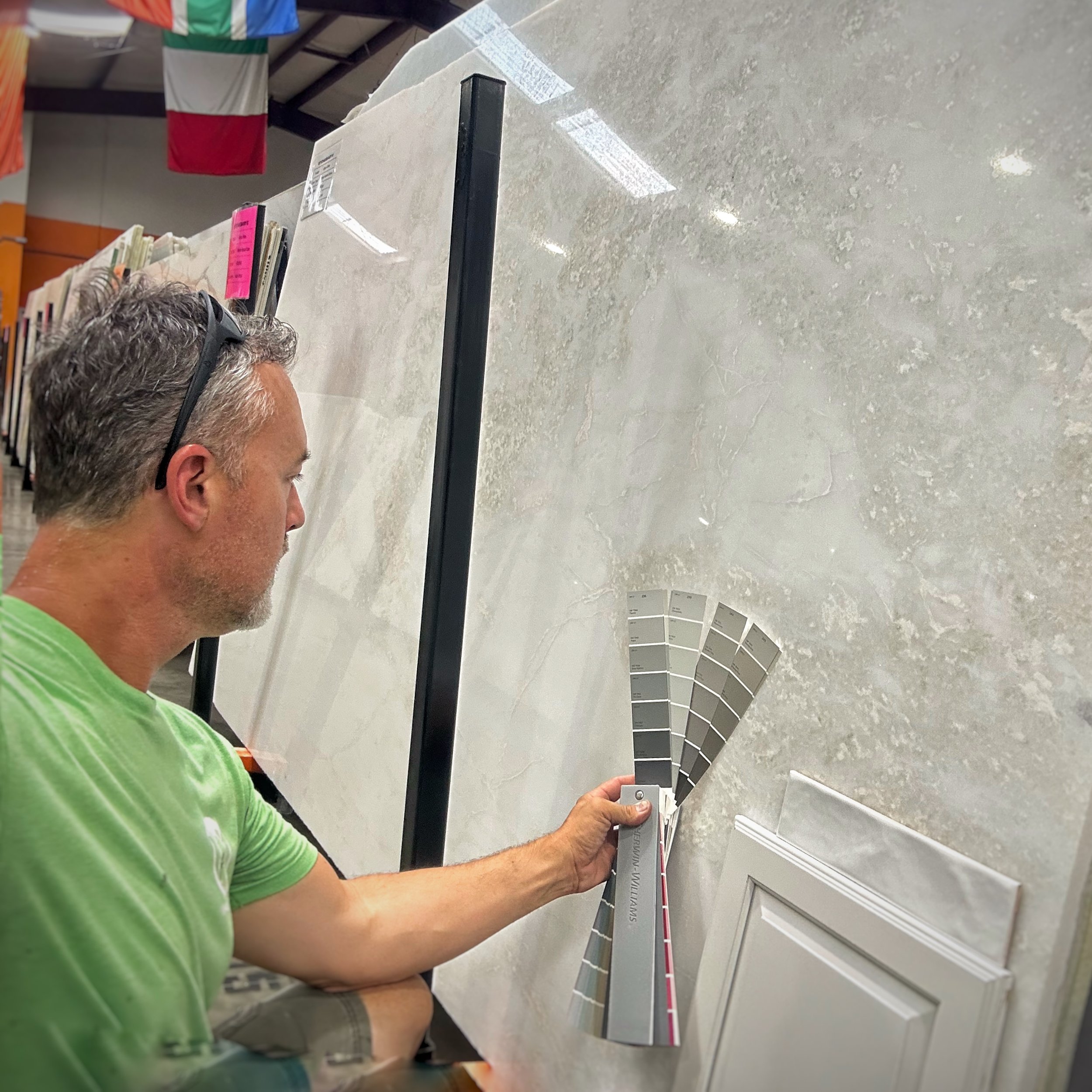
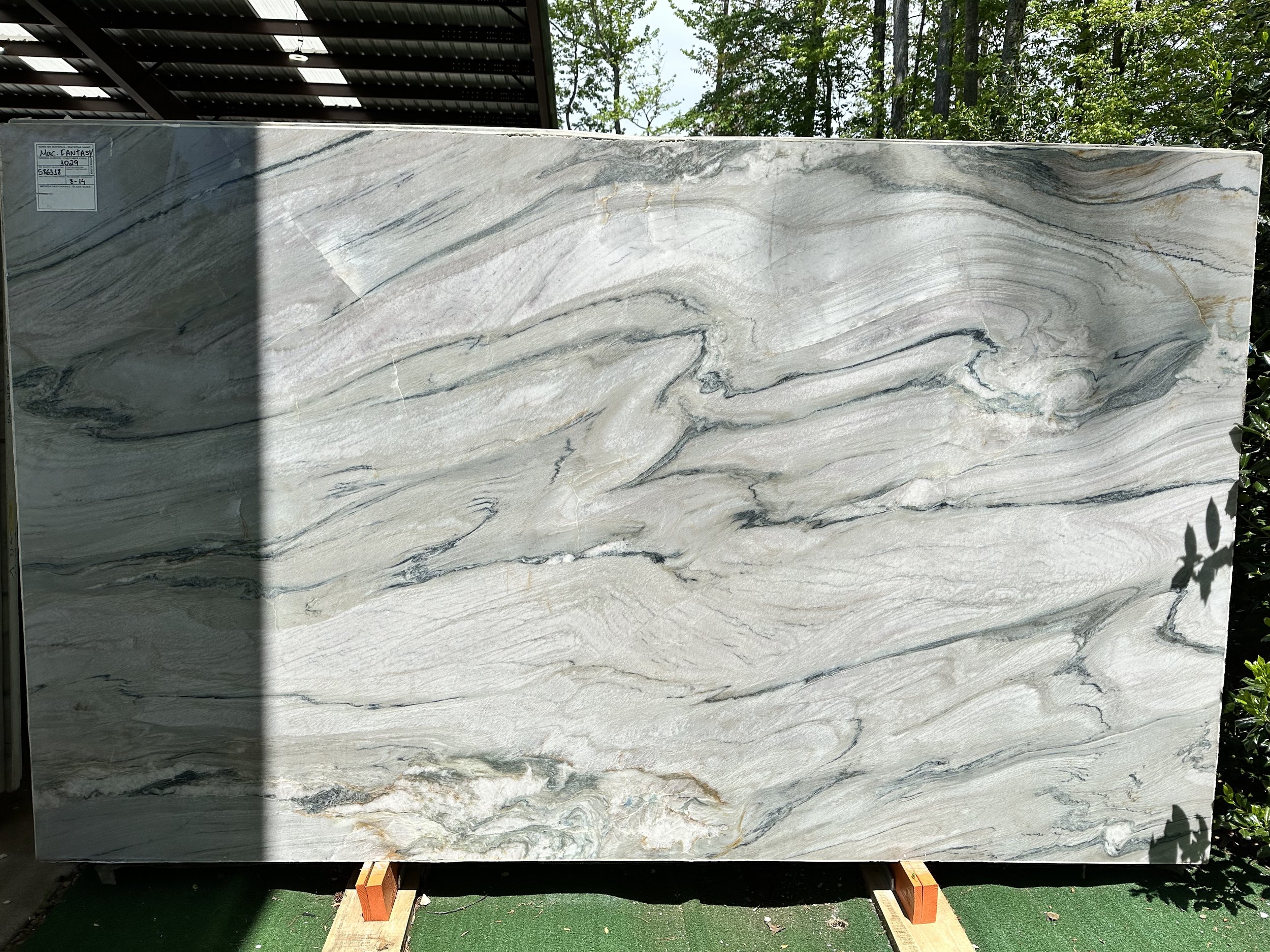
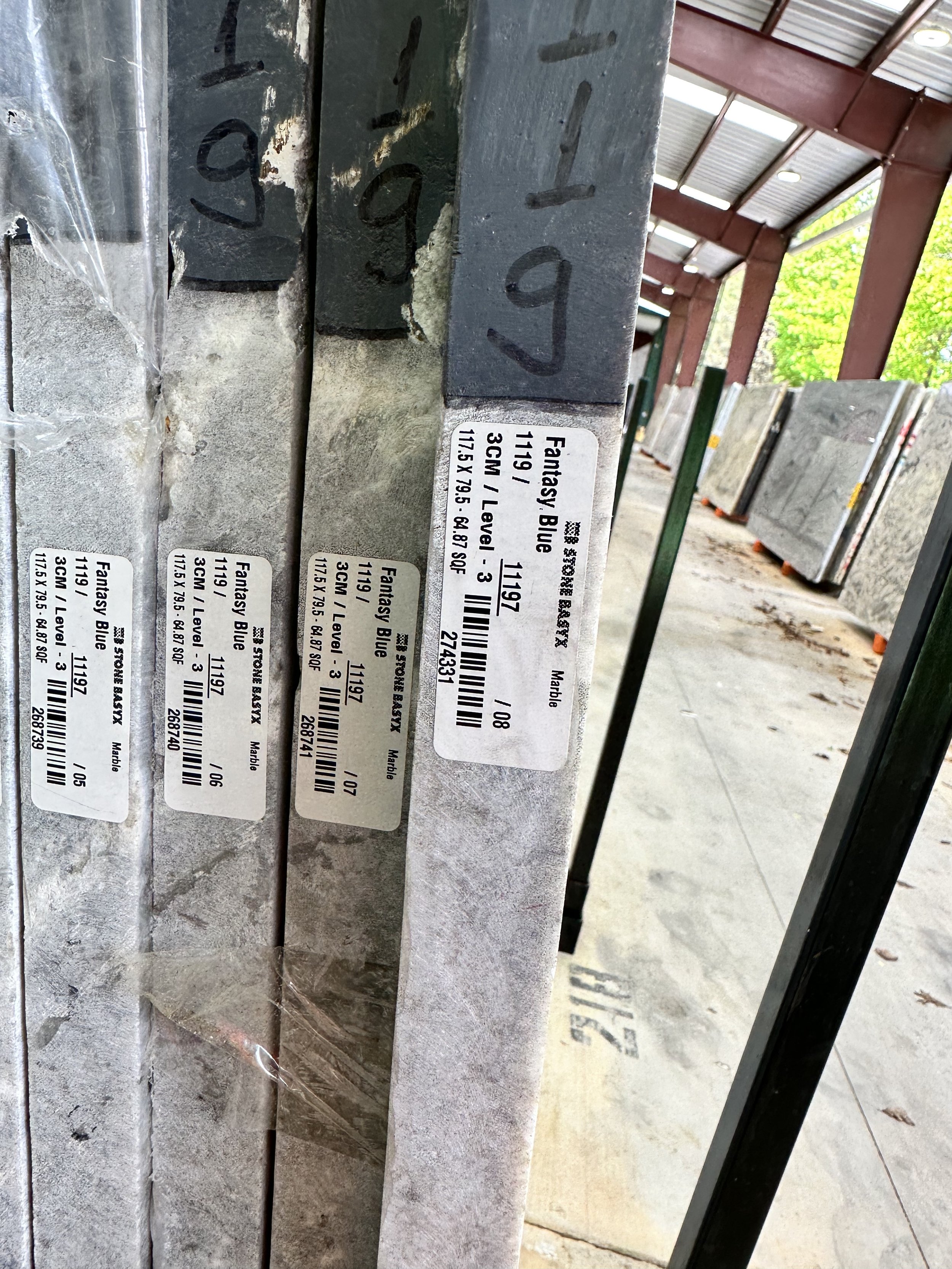
Material type: The three main types of countertop materials for kitchens are Quartz, Granite and Quartzite. Other material options include Wood, Corian/Solid Surface, Concrete and a new up-and-comer, Porcelain.
Sooo… what’s the difference and why do we need so many choices? Factors like durability and maintenance play a role in the decision process, but ultimately the decision usually comes down to aesthetics. For the last 10+ years, man-made Quartz has been the most popular choice for kitchens, because it affords a very consistent look with brighter whites than the natural elements of Granite or Quartzite. In addition to these design features, Quartz also boasts a zero maintenance bonus; no sealing or polishing required. There’s really only one caveat to the seemingly perfect track record of quartz - it can be burned by a scalding hot pan.
All quartz providers will not forget to mention this disclaimer, but the chances of you burning your quartz are very slim… I’ve tried! In an effort to test the threshold, I took a sample of Quartz home to my kitchen, and tried to burn it under a hot pan directly off the stove. The only way I could get it to burn was by holding the sample directly over the burner of my stove top.
Of all the natural stone options for countertops, granite seems to have been around the longest. It’s a solid option, no pun intended! Granite does, however, require sealant and re-sealing over time. With this proven winner, you will have the option of richer, color and textural variety than Quartz.
Silver Pearl Granite is a fairly inexpensive, Level 1 countertop material. But when it’s Leathered, we get a beautiful, soft charcoal tone with plenty of textural interest. Notice how it plays so nicely with the darker neutrals in these fabric selections.
A solid favorite for many of my clients is Quartzite. Not to be confused with man-made Quartz, Quartzite is mined from the Earth just like granite. Remember, the first time you saw a geode cracked open with all the crystals, reflecting back at you? This is what i’m reminded of every time I see the glasslike gems in Quartzsite. The stone seems to be laced with ice, often times being so transparent that it can be underlit for a dramatic, eye-catching glow.
Wood countertops are not as popular as they used to be but we do still see them from time to time, usually done in a walnut or some other exotic and most often as an island or accent piece. Corian countertops seem to be phasing out but some people still like them for the integrated sink option and most often used in bathrooms.
While we’re on the subject of bathrooms, you may have been wondering why I haven’t mentioned marble countertops. Marble is the softest of all the natural countertop materials, so it’s the easiest to stain and chip. For this reason, we generally steer away from marble for kitchens, but we love to use it in bathrooms or even backsplashes!
I have seen some exceptions to this rule where clients choose marble for their kitchens, purely for the aesthetic value, understanding that they will need to be careful with it. Almost every time I walk a client through the slab yard to pick stone for their kitchens, we stop and swoon over the marble but ultimately forego the option for its lack of durability and stain resistance.
Question 6.
Should we consider updating our appliances when we redo the kitchen?
If your budget allows, we most definitely suggest swapping out old appliances before refinishing everything. In many cases, appliance sizes don’t quite match the old footprints, so if you have to make the change later, there will likely be an additional cost in cabinet modifications or repairs. This is especially true with wall ovens. You might also want to consider moving that microwave from over the cooktop and mounting it under the counter. This will open up space over the cooktop for a beautiful range hood.
Range hoods have become the norm for gourmet kitchens and will often rival the countertops as the anchor in the room. If you really want to make a statement in the center of your kitchen, make an investment in a gorgeous range hood. This is where you can add a pop of accent color or metal. Have fun with it!
Question 7.
As a final round up, are there any other design elements that we should consider adding or editing when renovating the kitchen?
Absolutely! Last, but certainly not least you should consider your lighting. In almost every kitchen that we renovate these days, we find the old, hot incandescent lighting. Whether it’s in the ceiling or under the cabinets, incandescent lights should be converted to LED for the most energy efficient option. Most of our projects include the conversion by simply adding new, LED fixtures in the place of old ones - or by installing low-voltage, strip lighting under the upper cabinets. As an additional incentive, most LED fixtures now include an option to choose the color temperature of the light. This is very important in color neutral environments!
If you’re considering taking your old, brown cabinets to brighter, whiter horizons, you probably won’t notice the color of your overhead lights until your cabinets are white. Take a look at your kitchen lights now. If you haven’t updated in a while, chances are your bulbs emit slightly yellow or peachy tone. This warmer tone was the standard of incandescent lighting for many years and has never been a problem with darker wood cabinets. But when you refinish your cabinets to a brighter white, you will notice that the white you chose in the paint store now looks peachy and yellow in your kitchen. That’s because your cabinets are now neutral, and thereby, dramatically influenced by the light source.
In terms of light color, temperature, warmer tones come from lower wattage bulbs, while more neutral and cooler tones come from higher wattages. The typical color range for lighting falls between 2700K (Warm White) and 5000K (Daylight) As you might imagine, the most neutral light will fall somewhere in the middle. 3000-3500k seems to be the most popular color temperature of choice, because it doesn’t influence your neutral color palette. Our more modern designs tend to lean toward the cooler, light temperatures, perhaps even as high as 4000K, while more traditional/transitional environments look best in 3000 to 3500k. Almost no one prefers 5000K in their home. That’s more for hospitals and gyms.
One last word regarding lighting. Put dimmers on everything! Trust me, when it comes to Interior design, mood is everything!
Stay Inspired!
-Nate Wainscott
"How many people can say they are absolutely passionate about their work? Greensboro artisan Nathan Wainscott considers himself truly fortunate to be counted among that number. An expert in specialty finishing, Nathan details his artistry each day in beautiful, multi-layered textures and finishes for designers, architects, homeowners and builders. Ceilings, cabinetry, walls and furniture become the canvasses upon which he expresses his colorful and creative talent.As he collaborates with each client, Nathan is able to bring their vision to life.
- Liz Hughes, North Carolina Design Online
